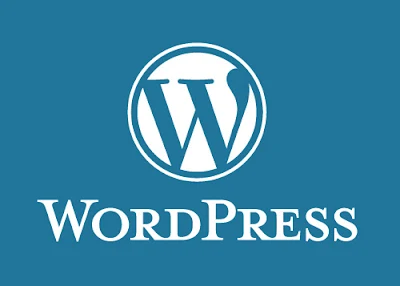WordPress is an open source Content Management System (CMS), which enables the clients to construct dynamic sites and web blogs. Wordpress is the most famous blogging framework on the web and permits refreshing, tweaking and dealing with the site from its back-end CMS and its different component.
WordPress was at first introduced on 27th May 2003 by Matt Mullenweg and Mike Little. WordPress was reported as open source in October 2009.
Media Management: It is the device for dealing with the media documents and organizer, in which you can without much of a stretch transfer, compose and deal with the media records on your site.
Theme System: It permits adjusting the site view and usefulness. It incorporates pictures, template, layout documents and custom pages.
Extend with Plugins: Several modules are accessible which gives custom capacities and highlights as per the clients require.
Search Engine Optimization: It gives a few streamlining (SEO) instruments which makes nearby SEO basic.
Multilingual: It permits making an interpretation of the whole substance into the dialect favored by the client.
Importers: It permits bringing in information as posts. It imports custom records, remarks, post pages and labels.
CSS documents can be altered by the outline according to clients require.
There are numerous modules and formats accessible for nothing. Clients can modify the different modules according to their need.
It is anything but difficult to alter the substance as it utilizes WYSIWYG editorial manager (What You See Is What You Get is a UI that enables the client to straightforwardly control the format of the record without having a design charge).
Media records can be transferred effortlessly and rapidly.
It offers a few SEO devices which make nearby SEO straightforward.
Customization is simple as indicated by the client's needs.
It permits making diverse parts for clients for a site, for example, administrator, creator, proofreader and patron.
PHP learning is required to roll out adjustments or improvements in the WordPress site.
Sometimes programming should be refreshed to stay up with the latest with the present programs and cell phones. Refreshing WordPress adaptation prompts loss of information, so it a reinforcement duplicate of the site is required.
Modifying and designing the realistic pictures and tables is troublesome.
Read Next Tutorial
How To Install WordPress
What is Management System (CMS)?
The Management System (CMS) is a product which stores every one of the information, for example, , photographs, music, records, and so on and is made accessible on your site. It helps in altering, distributing and changing the substance of the site.WordPress was at first introduced on 27th May 2003 by Matt Mullenweg and Mike Little. WordPress was reported as open source in October 2009.
Features
User Management: It permits dealing with the client data, for example, changing the part of the clients to (supporter, donor, creator, editorial manager or director), make or erase the client, change the secret key and client data. The primary part of the client supervisor is Authentication. Media Management: It is the device for dealing with the media documents and organizer, in which you can without much of a stretch transfer, compose and deal with the media records on your site.
Theme System: It permits adjusting the site view and usefulness. It incorporates pictures, template, layout documents and custom pages.
Extend with Plugins: Several modules are accessible which gives custom capacities and highlights as per the clients require.
Search Engine Optimization: It gives a few streamlining (SEO) instruments which makes nearby SEO basic.
Multilingual: It permits making an interpretation of the whole substance into the dialect favored by the client.
Importers: It permits bringing in information as posts. It imports custom records, remarks, post pages and labels.
Advantages
It is an open source stage and accessible for nothing. CSS documents can be altered by the outline according to clients require.
There are numerous modules and formats accessible for nothing. Clients can modify the different modules according to their need.
It is anything but difficult to alter the substance as it utilizes WYSIWYG editorial manager (What You See Is What You Get is a UI that enables the client to straightforwardly control the format of the record without having a design charge).
Media records can be transferred effortlessly and rapidly.
It offers a few SEO devices which make nearby SEO straightforward.
Customization is simple as indicated by the client's needs.
It permits making diverse parts for clients for a site, for example, administrator, creator, proofreader and patron.
Disadvantages
Using a few modules can make the site overwhelming to load and run. PHP learning is required to roll out adjustments or improvements in the WordPress site.
Sometimes programming should be refreshed to stay up with the latest with the present programs and cell phones. Refreshing WordPress adaptation prompts loss of information, so it a reinforcement duplicate of the site is required.
Modifying and designing the realistic pictures and tables is troublesome.
Read Next Tutorial
How To Install WordPress
Tags
WordPress

